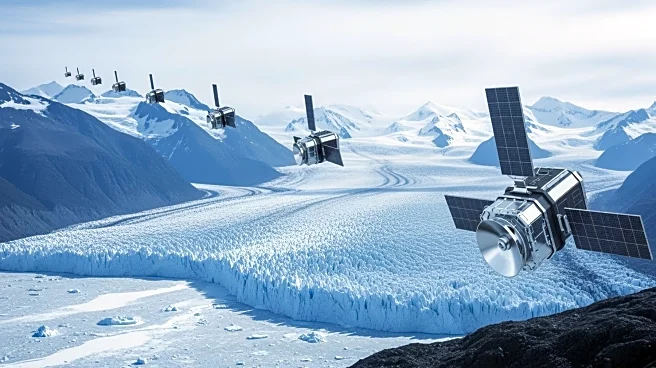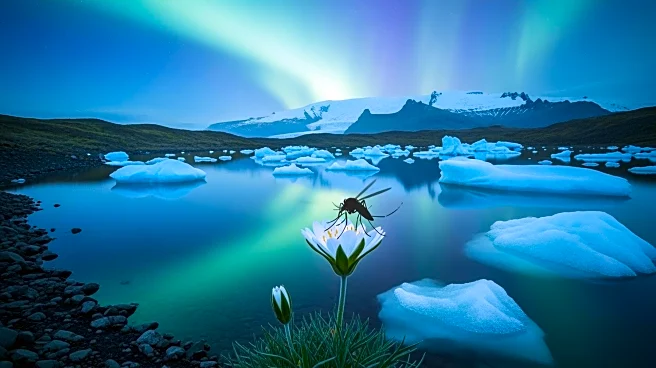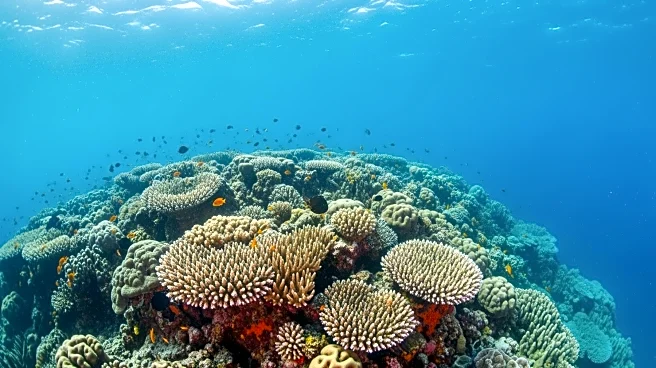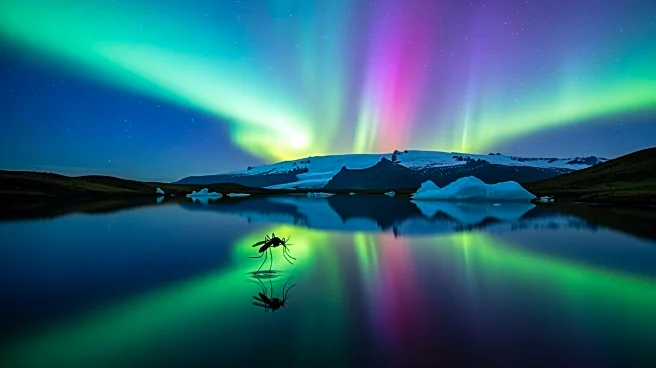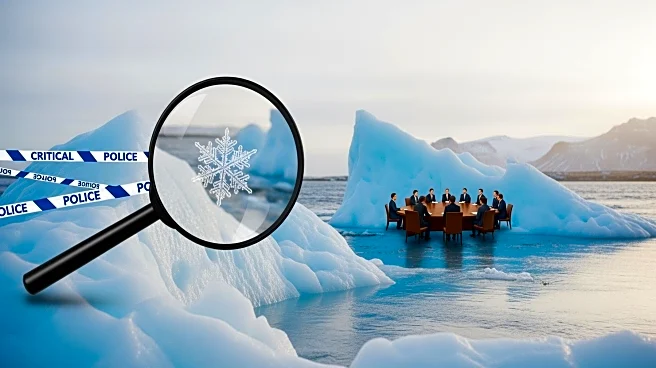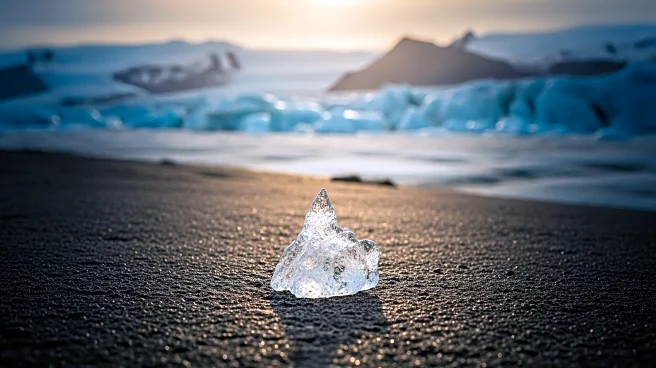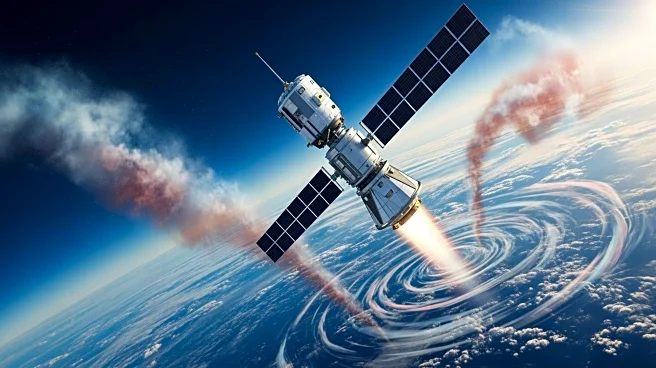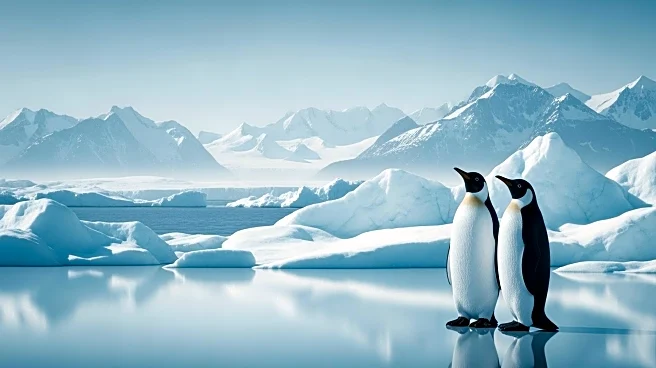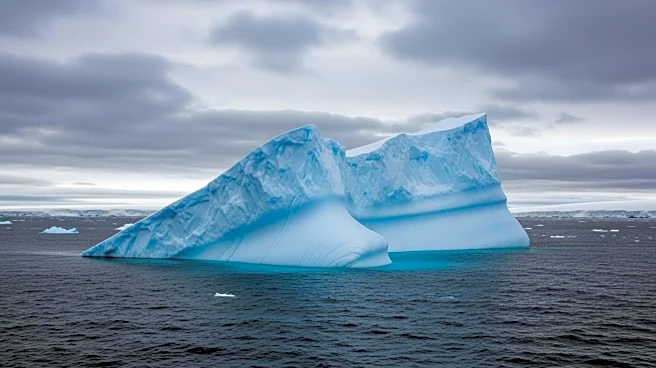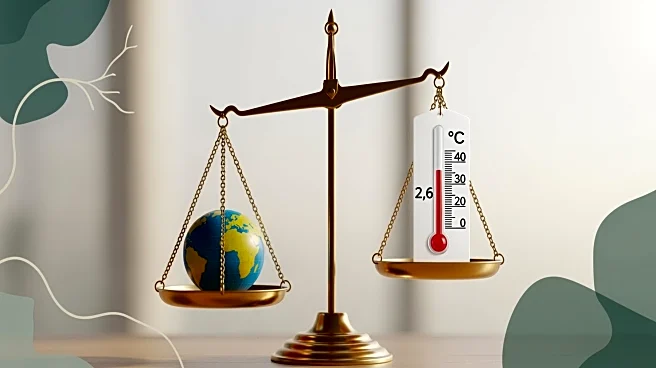What's Happening?
Satellites have been instrumental in monitoring the retreat of glaciers in Patagonia, as evidenced by recent images from the European Space Agency's Copernicus Sentinel-2 satellite. These images, capturing
the glaciers in Chile's Laguna San Rafael National Park, show significant changes over the decades. The park, which spans approximately 10,500 square miles, is home to 28 outlet glaciers, including the prominent San Rafael and San Quintin glaciers. The comparison of satellite images from 1987 to the present day reveals a marked retreat of these glaciers, underscoring the ongoing impact of climate change on Earth's frozen landscapes.
Why It's Important?
The retreat of glaciers in Patagonia is a stark indicator of climate change, with significant implications for global sea levels. As glaciers melt, they contribute to rising sea levels, which can lead to coastal erosion, increased flooding, and habitat loss for wildlife. This phenomenon also affects freshwater availability and can disrupt local ecosystems. The data provided by satellites like Copernicus Sentinel-2 is crucial for scientists to understand and predict these changes, informing policy decisions and climate action strategies. The retreat of glaciers serves as a visual and scientific reminder of the urgent need to address climate change.
What's Next?
Continued satellite monitoring will be essential to track the progression of glacier retreat and its broader environmental impacts. Scientists and policymakers may use this data to advocate for stronger climate action and to develop strategies for mitigating the effects of rising sea levels. Additionally, there may be increased focus on preserving the remaining glaciers and protecting vulnerable ecosystems in regions like Patagonia. The ongoing documentation of these changes will likely play a critical role in global climate discussions and efforts to curb greenhouse gas emissions.
Beyond the Headlines
The retreat of glaciers not only affects sea levels but also has cultural and economic implications for local communities. In regions dependent on glacial meltwater for agriculture and drinking water, changes in glacier size can impact water availability and quality. Furthermore, the loss of glaciers can affect tourism, which is a significant economic driver in areas like Patagonia. The cultural significance of glaciers to indigenous communities and their role in local traditions and beliefs also highlights the broader impact of their retreat.
